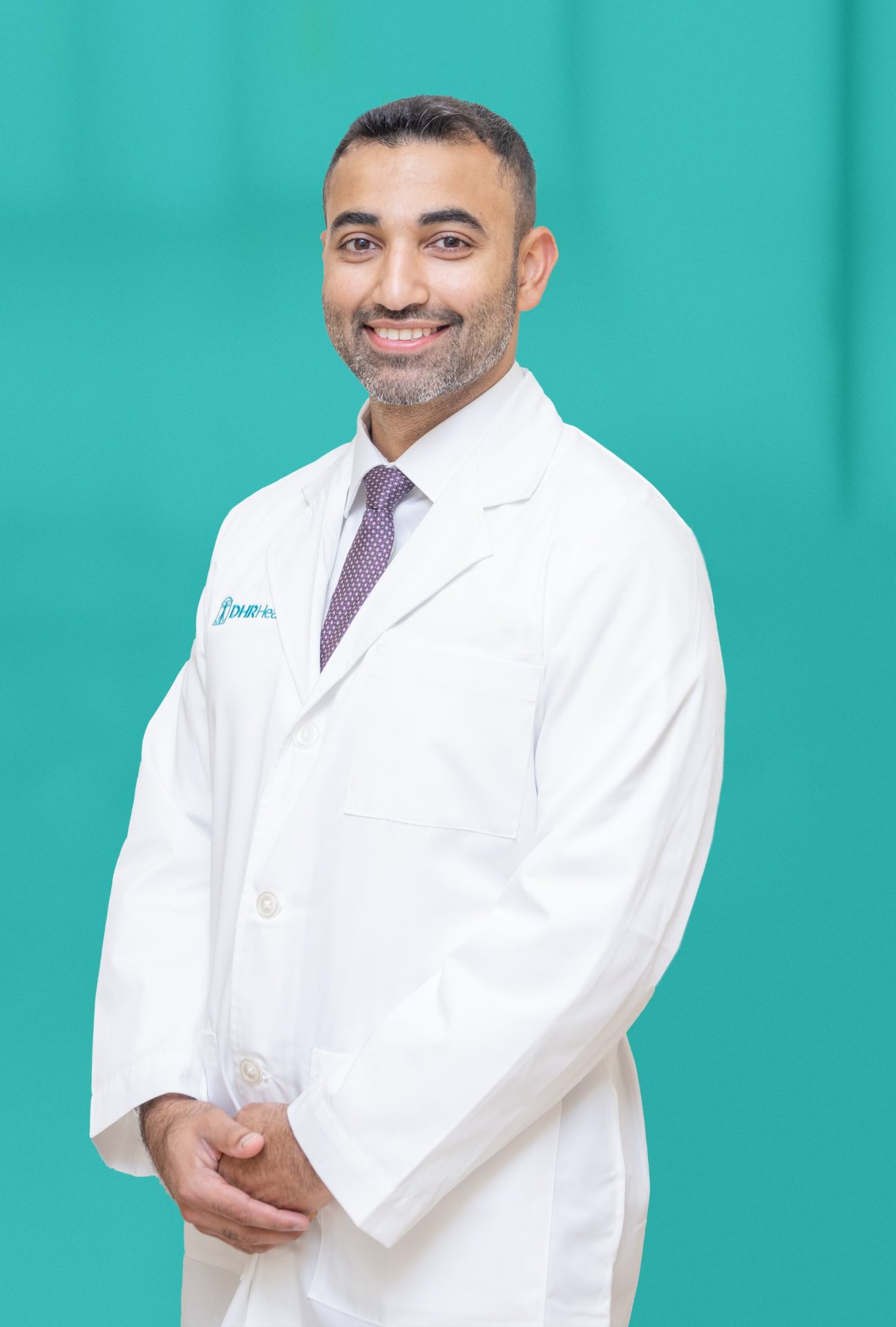
By: Dr. Victor Reis, DHR Health Cardiothoracic Surgeon
5513 Doctors Dr. Edinburg, TX 78539
For more information or to speak to one of our experts, call (956) 362- 8570.
To learn more about cardiology services at DHR Health, visit https://dhrhealth.com/services/cardiology/
Heart disease is the leading cause of death in the United States, claiming over 700,000 lives in 2022 alone. Heart disease occurs when the arteries that supply the heart muscle become narrow due to cholesterol plaques that restrict blood flow to the heart muscle. Although medications and lifestyle changes can slow progression of disease, some cases require surgical procedures.
Stents: A Common Treatment
One of the most common treatments for coronary artery disease is placement of a coronary stent. This minimally invasive procedure involves inserting a thin tube through an artery in the wrist or groin to reach the blocked vessel. A balloon is used to open the artery, and a small metal stent is placed to keep it open. A majority of patients do well and are often discharged with minimal activity restrictions.
When Surgery Is Needed
If stents work well, why do some people still need heart surgery? The answer lies in the severity and location of the blockages. The heart has three major arteries, and if only one or two have small blockages, stents are usually effective. However, surgery is needed when:
- All three arteries are blocked
- A blockage completely stops blood flow
- The main artery to the heart’s left side is affected
- The arteries are severely diseased throughout
In these cases, stents may fail, increasing the risk of heart attack, especially in diabetics or those with weak heart function. Surgery, on the other hand, offers a more lasting solution by improving blood flow to all affected areas and promoting new blood vessel growth.
Coronary Artery Bypass Surgery
During bypass surgery, the patient is put under general anesthesia, the chest bone is opened, and the heart is temporarily stopped. The surgeon will remove a vein from the leg and an artery from the chest or forearm to create new pathways for blood to flow around the blockages. This is why it’s called a “bypass” surgery. It is very safe, with a 99% survival rate. Most patients stay in the hospital for about a week and recover within six weeks.
While technology is advancing, heart surgery remains a crucial treatment for severe coronary artery disease.
About Dr. Victor Reis
Dr. Victor Reis is a cardiothoracic surgeon who specializes in the surgical management of the heart, lungs, and other chest structures. He focuses on restoring heart function, repairing valves, and treating chest cancers, ensuring each patient receives expert, compassionate care.
The post Why Is Open-Heart Surgery Still Needed If Stents Work? appeared first on MyRGV.com.
 (2).png)
 4 hours ago
13
4 hours ago
13








 English (US)
English (US)